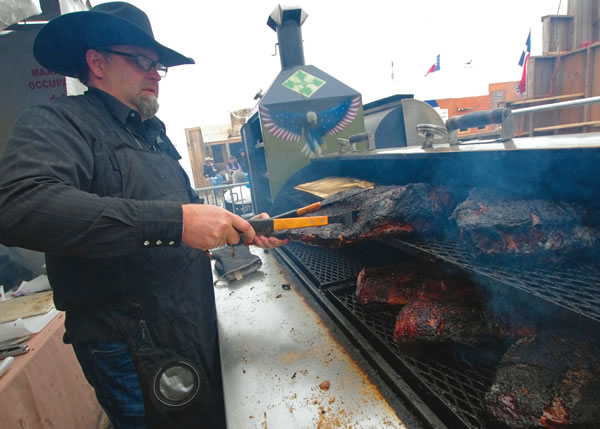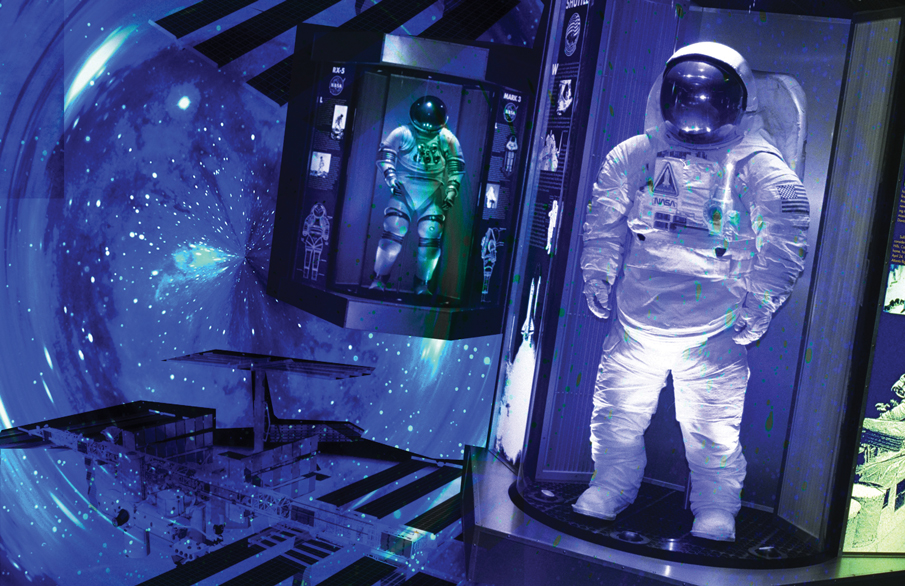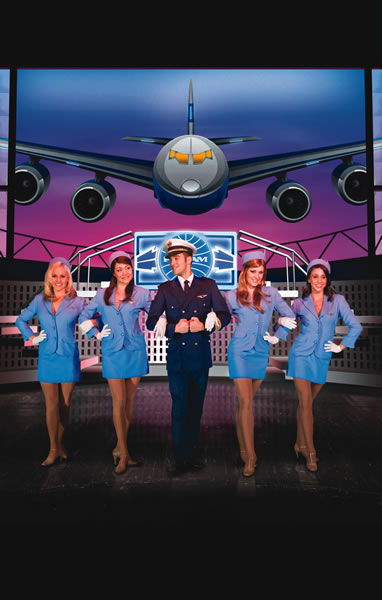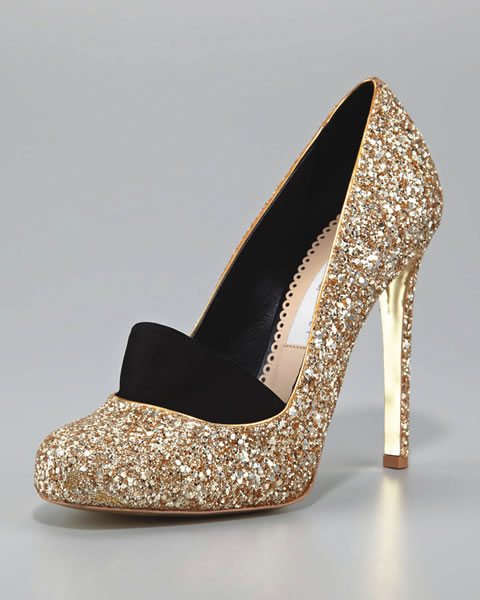Houston Livestock Show
Houston Livestock Show and Rodeo returns to Reliant Park for three weeks of mutton busting, barbecuing, country music and more. -By Cindy Hale
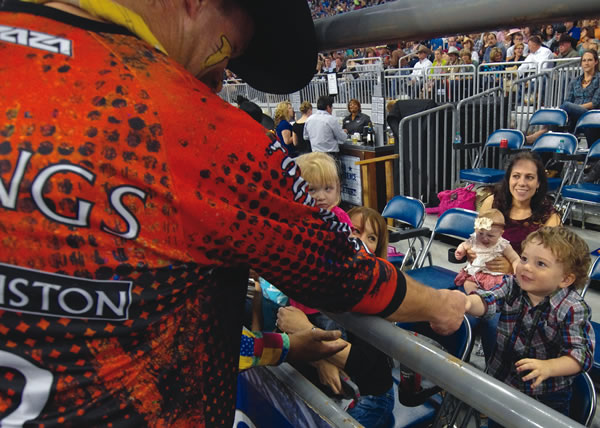 If you happen to be in Houston on Friday, Feb. 22, 2013, Skip Wagner, CEO and president of the Houston Livestock Show and Rodeo (HLSR), has some advice: “Don’t drive anywhere near the downtown loop,” he says. “You may get stuck behind a chuck wagon on Memorial Drive.”
If you happen to be in Houston on Friday, Feb. 22, 2013, Skip Wagner, CEO and president of the Houston Livestock Show and Rodeo (HLSR), has some advice: “Don’t drive anywhere near the downtown loop,” he says. “You may get stuck behind a chuck wagon on Memorial Drive.”
Wagner isn’t referring to a food truck. He means, quite literally, a chuck wagon from a sdfdsdfdsd by a team of horses. The wagons are the only wheeled vehicles included among an onslaught of several thousand equestrians who will be headed to an annual rendezvous at Memorial Park.
“It’s a tradition that dates to the early years of the show,” Wagner says, referring to the famed Houston Livestock Show and Rodeo. “Some of these groups have ridden for a week or more to get here. Once they get into town they’re accompanied by a police escort. Their arrival is always a shock to someone new to Houston.”
Wagner welcomes the contemporary cowboys and cowgirls as representatives of the Old West culture that helped create Houston. After an overnight campout in the park, they’ll ride amid floats and marching bands in Houston’s famously down-home parade. This year, the Saturday morning procession will mark the final countdown to the 81st edition of the world’s largest livestock show and rodeo.
Historical Roundup
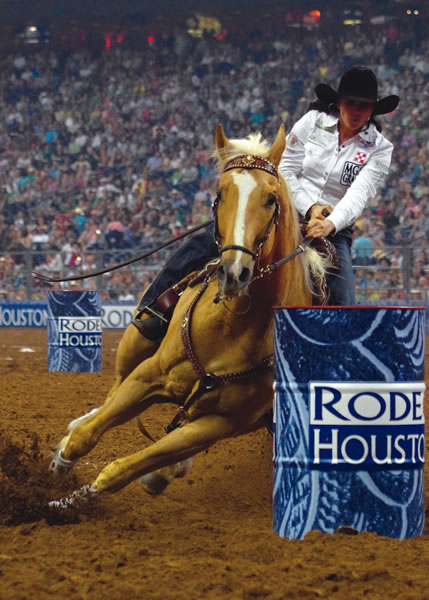 Compared to its current level of fanfare, the show had a quiet genesis in 1931. A quartet of local ranchers sought a marketing ploy to bolster Houston’s credibility in the cattle industry. They settled on producing an event modeled after the prestigious livestock expositions held in the stockyards of Fort Worth, Kansas City and Denver. Leroy Shafer, COO and vice president of HLSR, recounts the founders’ concerns.
Compared to its current level of fanfare, the show had a quiet genesis in 1931. A quartet of local ranchers sought a marketing ploy to bolster Houston’s credibility in the cattle industry. They settled on producing an event modeled after the prestigious livestock expositions held in the stockyards of Fort Worth, Kansas City and Denver. Leroy Shafer, COO and vice president of HLSR, recounts the founders’ concerns.
“Back then there were 300,000 people in Houston and 2 million head of cattle,” Shafer says. “Yet Houston was still perceived as inhospitable to livestock. It was thought of as a swamp.”
Shafer further explains the idea that came with Houston’s proximity to the Gulf. “The city’s history as a shipping port also meant it was thought of as the place you sent cattle to be shipped off to market, not a place where you actually raised them.”
Nonetheless the local ranchers persevered, and the very first livestock show was held at the Democratic National Convention Hall in 1932.
“Back then these types of events were actually called ‘fat stock’ shows,” Shafer says. “Because the idea was to promote and showcase your very best livestock that you’d expertly bred, raised and prepared for market.”
Success was found early on, and Shafer singles out a particular turning point. “It was decided that a rodeo, combined with some Western entertainment, was needed to step things up a bit,” he says. “Someone mentioned that they happened to know this fellow who was not only a pretty good cowboy in his own right, but a singer, too. And he had a group of Western entertainers that he’d bring along with him. That fellow turned out to be Gene Autry.”
Autry’s performance in 1942 confirmed a commitment to combine musical stars with a first-rate rodeo, and then partner that with the livestock exposition. Over the years concert headliners have included Elvis Presley, George Strait, Reba McEntire, ZZ Top, Toby Keith and Faith Hill. Understandably, organizing and managing entertainment on such a grand scale required a dedicated team of professionals with a specific focus. Hence, RodeoHouston is the aptly named division of the livestock show responsible for producing the concerts and rodeo.
Saddled with mega-star performers and an expanding livestock exposition, the show outgrew several venues, including stints at Sam Houston Coliseum and the now-defunct Astrodome. Fortunately, RodeoHouston became a co-tenant of Reliant Stadium, home of the NFL Houston Texans. Thus the 70,000-seat, retractable roof enclave also became the residence of the rodeo and concert series. Meanwhile, the livestock exposition, along with a horse show, countless vendors and numerous exhibits, inhabits neighboring Reliant Center and Reliant Park. Altogether that’s 1.4 million square feet of space. Despite its humble beginnings, the Houston Livestock Show and Rodeo expects 2 million visitors this year.
Keeping Connected
Continuing to meet or exceed attendance expectations is a perpetual challenge nonetheless. Every entertainment enterprise, from theme park to theater, targets the same discretionary portion of the consumer’s budget.
“We recognize the importance of providing affordable family entertainment,” Shafer says. “That’s why we have ‘Value Wednesdays,’ where the price of admission is reduced and other discounts are offered.”
Then there’s the need to remain socially relevant. Without a feel for what’s trending, even the most venerable destinations can end up casualties of stagnation.
“Our overall driving mission includes promoting agriculture and the production of livestock, along with educating the consumer,” Shafer adds.
It’s tough to achieve that goal in a society that steps further from farming and animal husbandry with each generation. Fortunately the show excels in creating exhibits that add elements of play to education. A perfect example is Fun on the Farm, located in Kids Country. Following a path, children participate in feeding and nurturing animals and crops. Ultimately they discover the final product on the shelves of a cute country store.
The rodeo, which last year awarded $1.6 million in prize money, has also been updated to reflect changing perspectives. Shafer speaks for everyone at HLSR when he says that all of the rodeo animals should be treated with respect. While the rodeo will feature all the bulls, broncos and bravado, he promises that “an apparent injury rule” will be strictly enforced. “The moment any animal exhibits any sign or symptom of an injury, an assigned official will raise a flag, signal an alarm and all activity will cease. Period,” he says.
Neither the rodeo nor the livestock exposition would be possible in any form without the enthusiastic support of the Houston community. Throughout the year, 26,000 volunteers work on 105 committees. Barn management, taking tickets, sprucing up exhibits and dispensing directions to wayward visitors are just some of the essential services they provide. Perhaps it’s due to congenital Texas hospitality, but volunteer positions are coveted. In fact, committee leadership roles have been limited to three years.
“Not only does that make for fresh ideas and new energy, but it also prevents the formation of fiefdoms,” Wagner says.
Houston’s citizens have benefitted greatly from the success of the show. Each year, grants are awarded to local symphony, theater and veterans groups. Need-based scholarships for Texas high school graduates are also prominent recipients. Currently more than 2,000 students attending colleges and universities in the state are receiving $30 million in financial aid from HLSR. Since scholarships were first awarded in 1957, HLSR has dispensed $165 million.
The Houston Livestock Show and Rodeo has far exceeded the dream of its founders. Thanks to a combination of wise business decisions and an adherence to traditional frontier values, it has indeed become one of the greatest Western shows on earth.
Day Planner
Before making plans for the Houston Livestock Show and Rodeo (HLSR), visit rodeohouston.com and scrutinize the online schedule. “Choose what’s important to you,” says Leroy Shafer, COO and vice president of HLSR. “And plan around it. Just keep in mind that some activities and performances only occur on certain days. Without planning you could be disappointed.”
Skip Wagner, CEO and president of HLSR, adds that the average visitor spends about six hours on the grounds each day and comes two or more days. “If you try to see too much in one trip you’ll be overwhelmed and exhausted,” he says. “I’d liken it to the first time you visit Disneyland. There’s just too much to see and do in one day.”
While on the website, go to guest services for a wealth of information, including Rodeo Express shuttle routes and detailed iMaps that help you visualize the layout of the expansive showground. To set the mood for your adventure, connect to RodeoHouston Radio and stream music from the show’s concert stars. Occasional interludes provide information regarding 2013 activities and performances. Finally, be sure to download the free mobile app so you can circumvent traffic snarls and head directly to the optimal parking lot; included is a GPS locator that’ll lead you back to your car hours later.
Food Fests
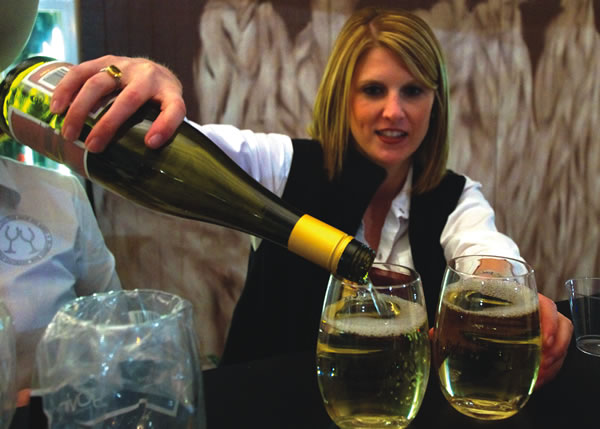 An epicurean experience awaits every visitor to the show regardless of his or her culinary interests. The guilty pleasures, primarily sold along the carnival midway, include all sorts of offerings. The majority are battered, fried and then skewered onto a stick. Last year’s most noteworthy temptations were the 17-inch Big Rib and deep-fried red velvet cake.
An epicurean experience awaits every visitor to the show regardless of his or her culinary interests. The guilty pleasures, primarily sold along the carnival midway, include all sorts of offerings. The majority are battered, fried and then skewered onto a stick. Last year’s most noteworthy temptations were the 17-inch Big Rib and deep-fried red velvet cake.
If you prefer to have your food more passionately prepared, don’t miss the World’s Championship Bar-B-Que Contest. Scheduled for Feb. 21 – 23, 2013, it’s a not-to-be-missed appetizer to the actual show. The parking lot of Reliant Stadium is transformed into a moveable feast of white tents, boisterous bands and savory protein. More than 200,000 hungry carnivores attended last year, sampling brisket, pork ribs and chicken. Longtime competitor and 2011 Grand Champion Craig Sherry describes the Bar-B-Que contest as “Houston’s biggest party with a competition thrown in for good measure.”
For finer dining opportunities, consider purchasing tickets for the Rodeo Uncorked! Roundup and Best Bites Competition. Held inside Reliant Center on Feb. 17, you’ll sample a selection of international wines, plus delicacies prepared by the chefs of Houston’s premier restaurants and catering companies. At the evening’s conclusion, you’ll be asked to vote on your favorites.
If you can’t make the event, the winning wines will be sold during the show at the Champion Wine Garden, located on the south side of Reliant Center.





